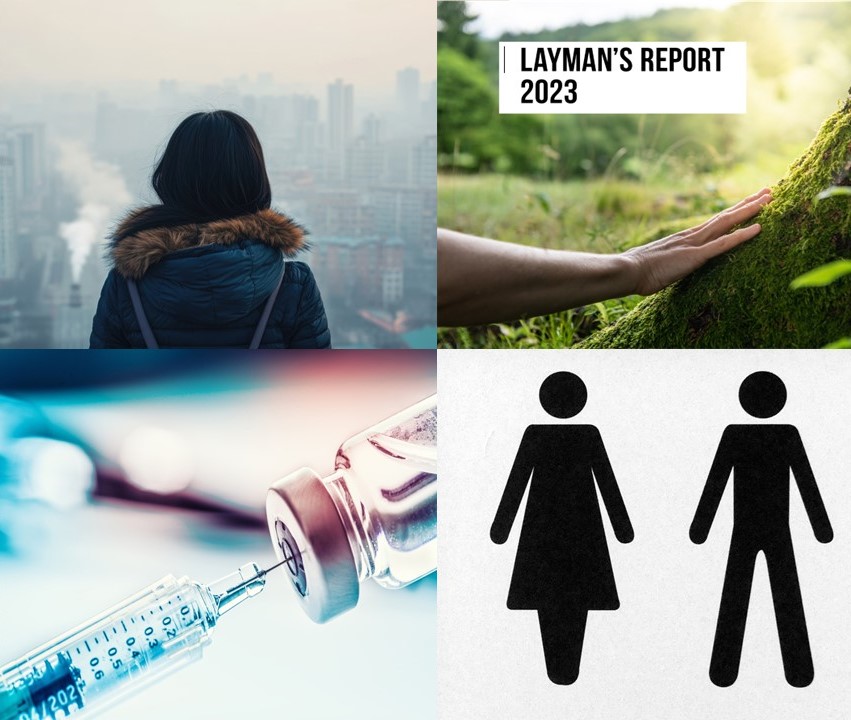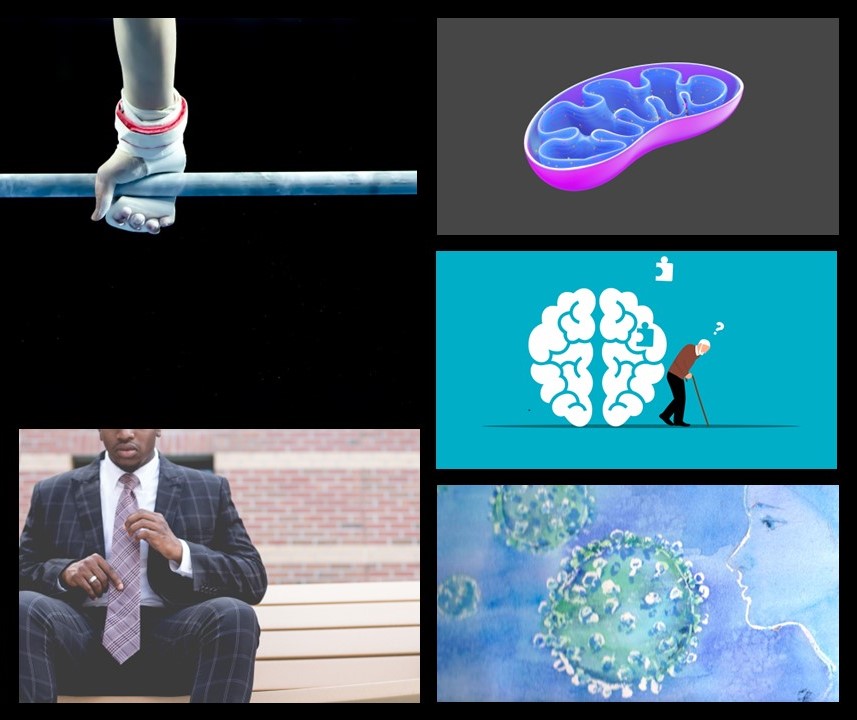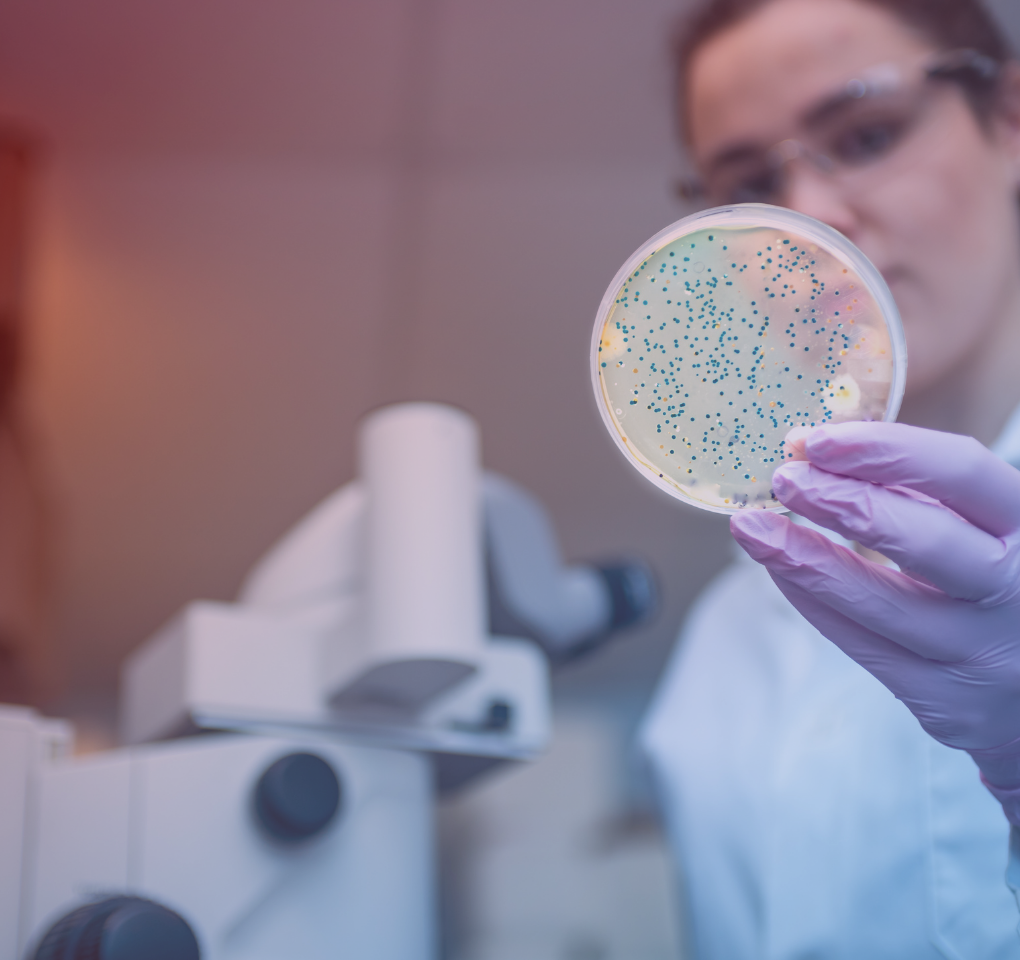What does Covid-19 sound like?
09 November 2021
Audio signatures to identify COVID-19 symptoms
Just like a fingerprint, our voice is unique. Recording a cough, the sound of a person’s breathing or even the sound of their voice may be useful to help diagnose Covid-19 patients. Researchers from the Luxembourg Institute of Health, the Luxembourg Institute of Science and Technology and the University of Luxembourg have presented a dataset of voice, cough and breathing audio recordings collected from individuals infected by SARS-CoV-2 virus, as well as non-infected subjects.
COVID-19 strongly affects breathing and voice. Indeed, it causes symptoms that make patients’ voices distinctive, creating recognisable audio signatures. Initial studies have already suggested the potential of using voice as a screening solution.
Unlike other related research that mainly tries to show that a particular machine learning model is suitable for a COVID-19 detection task, Research Luxembourg scientists go a step further by providing an in-depth analysis of the most informative acoustic features, with the aim to elucidate the exact mechanisms that modify the acoustic characteristics of COVID-19 coughing.
Using vocal biomarkers to diagnose COVID-19
Voice has already emerged as a powerful digital biomarker to detect early and monitor the progress of various medical conditions. COVID-19 makes no exception as it affects voice production. Therefore, respiratory conditions caused by COVID-19 can make patients’ voices distinctive, creating identifiable vocal signatures.
A recent study reported changes in voice acoustic parameters caused by insufficient airflow through the vocal tract as a consequence of pulmonary and laryngological implications in people with COVID-19.
Following the pandemic, various efforts have been made to develop effective automatic diagnostic solutions that would complement standard testing methods. There are attempts to create low-cost, portable sensing technologies that would allow remote monitoring of physiological signals and biochemical markers, either for early detection of COVID-19 cases or for monitoring the recovery process during self-isolation at home. Several studies have already explored the usability of voice, cough and breathing for detection and screening of COVID-19.
Although the preliminary results for identification of COVID-19 from voice and respiratory sounds are promising, the results are still inconclusive. Further efforts to reach the maturity and confirm the effectiveness of the proposed models over different datasets and a variety of voice sounds are still necessary.
Looking beyond machine learning
Research Luxembourg scientists add a complementary view to existing studies that are, in many instances, relying on machine learning. Thus they provide an in-depth analysis of the most informative acoustic features, trying to unravel the exact mechanisms that modify the acoustic characteristics of the COVID-19 cough. In addition, they show that wavelet scattering transform is a very promising feature extraction method, robust to the noise present in the data, but also capable of learning features from limited data resources.
Research Luxembourg’s scientists collected a dataset of speech, cough and breathing samples of both a group of- people diagnosed positive to COVID-19 and another of non-infected individuals via large scale public involvement.
The collected speech data is multilingual in eight different languages, i.e. English, German, French, Spanish, Portuguese, Arabic, Luxembourgish and Serbian. This data represents the first dataset that takes into account cross-linguistic variations.
This work is a step towards the development of low-cost and easy-to-use computer-aided tools for the automatic assessment of COVID-19-related respiratory symptoms and remote monitoring of patients during the recovery process.
This research work received support from the Fond National de la Recherche (FNR) and the Fondation André Losch.
Read the open access paper, entitled Detection of COVID-19 from voice, cough and breathing patterns: Dataset and preliminary results.








